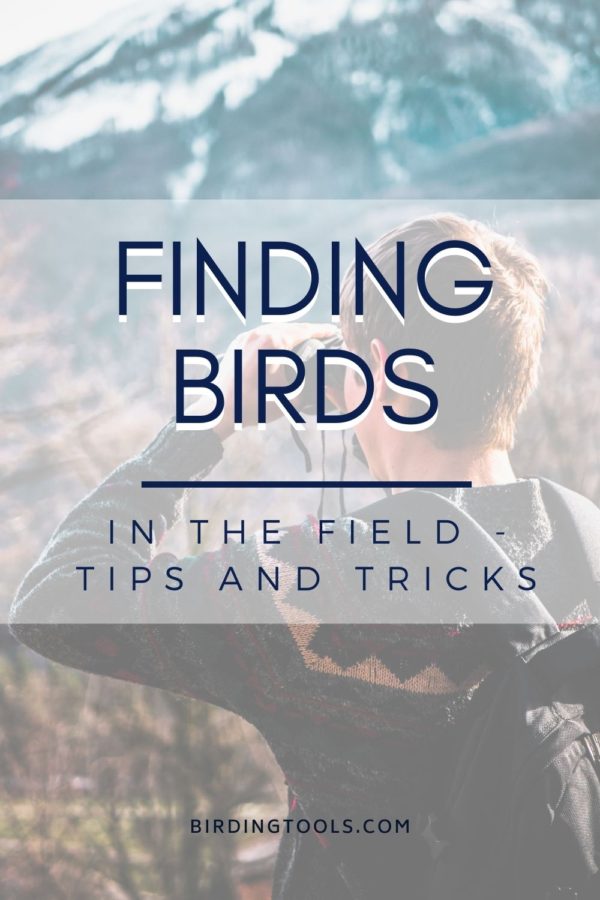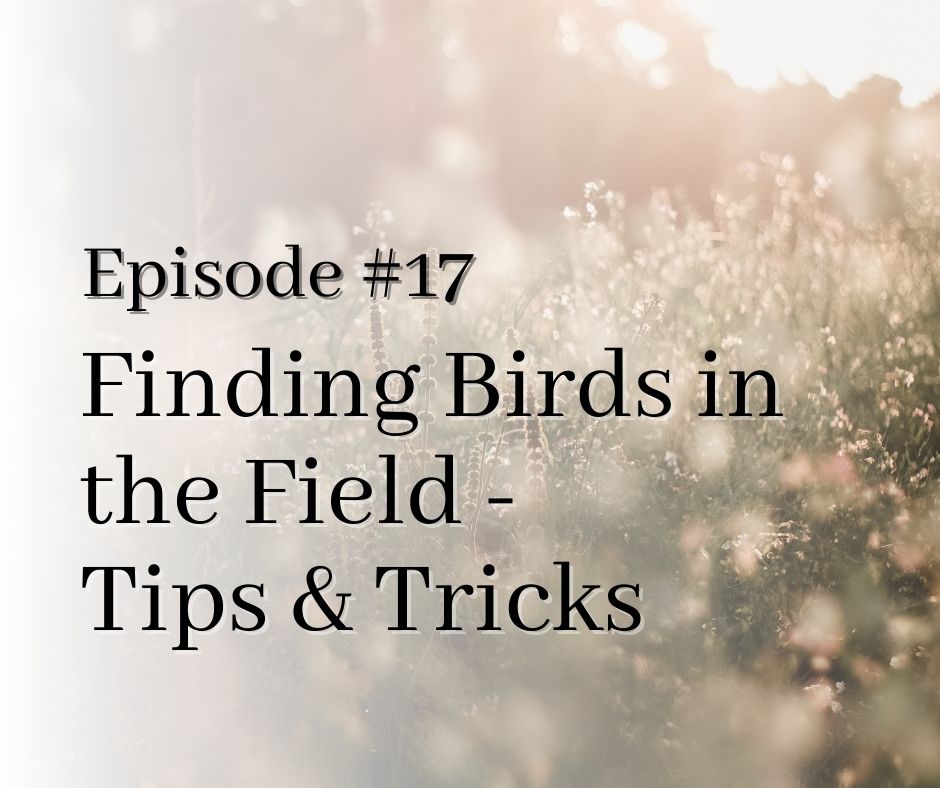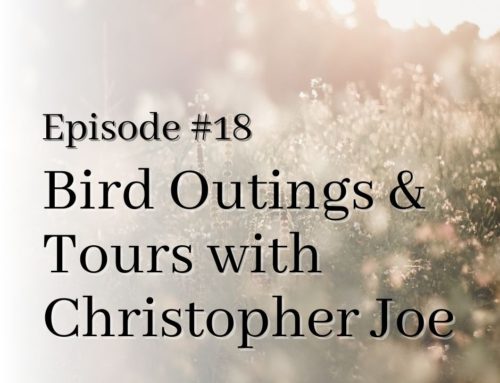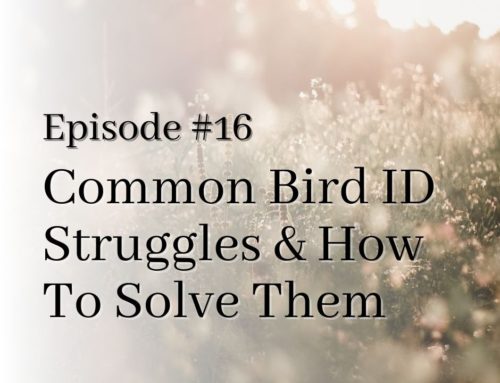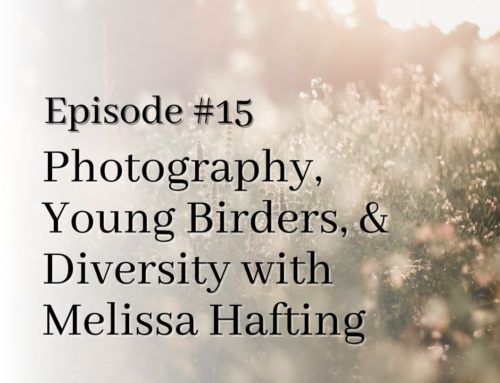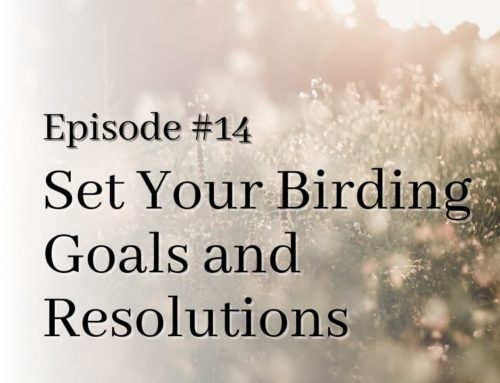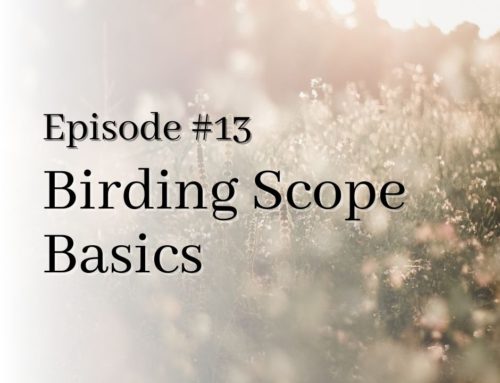Welcome to Episode 17 of the Birding Tools Podcast.
This week on the Birding Tools podcast, I’m diving into how to find birds while you’re out in the field, whether that’s by sight or sound. Note, too, that I said “finding” birds, not identifying them. When you’re just starting out with birding, this is really useful to know, and even if you’re a more seasoned birder, it’s beneficial to step back and look at where, when, and why birds are found where they are.
A quick recap:
- Gather information about the environment around you, including the weather conditions and the time of day, both of which can determine whether certain bird species will be more or less active.
- Next, go where the food and shelter, or habitat substrates, are located to find birds. This might be more or less species-dependent, as various species depend on different kinds of foods and habitats, but it’s something to keep in mind.
- For finding birds by sight, look for movement of actual birds, but also keep a lookout for movement in the surrounding environment, such as branches, leaves, or water. And don’t forget to look up!
- For finding birds by sound, try out the exercise I mention in the episode by learning to determine where surrounding sounds, then bird sounds, are coming from outside. Don’t just listen for songs, but also the calls of birds and their aural noises, like drumming or wingbeats.
Here’s how the episode goes
[] When working on where to find birds, you need to put yourself in the perspective of a naturalist, or someone who understands the behavior of birds as well as why they do what they do. Knowing why birds are where they are, at what times of day or year, can help inform where you can find them.
[4:25] Weather conditions and time of day both play a large role in when and where you might find birds. When the weather turns bad, such as if it’s rainy or the wind is really blowing hard, birds become less active. Also, birds tend to be most active in the early morning and later in the afternoon.
[8:25] Going where the food and shelter are translates to going where birds are most likely to be spending their time!
[12:00] Finding birds in the field can be done by searching for them by sight and/or sound.
You can also read more about getting started on your birding endeavors on our Get Started page!
P.S., If you need a hand with bird ID, head over to download our free downloadable guide here!
Subscribe & Review Wherever You Get Your Podcasts
Are you subscribed to my podcast? If you’re not, I want to encourage you to do that today. I don’t want you to miss an episode! Subscribe wherever you listen to your podcasts.
Now if you’re feeling extra loving, I would be really grateful if you left me a review over on iTunes, too. Those reviews help other people find my podcast and they’re also fun for me to go in and read. Thank you!
Links Mentioned in this Podcast
- Get Started With Birding Free Audio Mini-Series
- Email me directly at hello@birdingtools.com to learn more about my free Bird Silhouette Workshop or my course on learning birds by sight and sound
- eBird Hotspot Map
- Birdability Website
- Cornell Lab of Ornithology’s Macaulay Library
- Xeno-Canto Bird Recording Repository
- Birding Tools Podcast Episode 9 – Bird Mnemonics Tips and Tricks
Other Ways to Enjoy this Post
We so appreciate you listening to the Birding Tools Podcast! Please see the links below for other ways to enjoy this material.
- Download the transcript
- Join me (and your fellow birders) in the Birding Tools Facebook or Instagram Communities!
